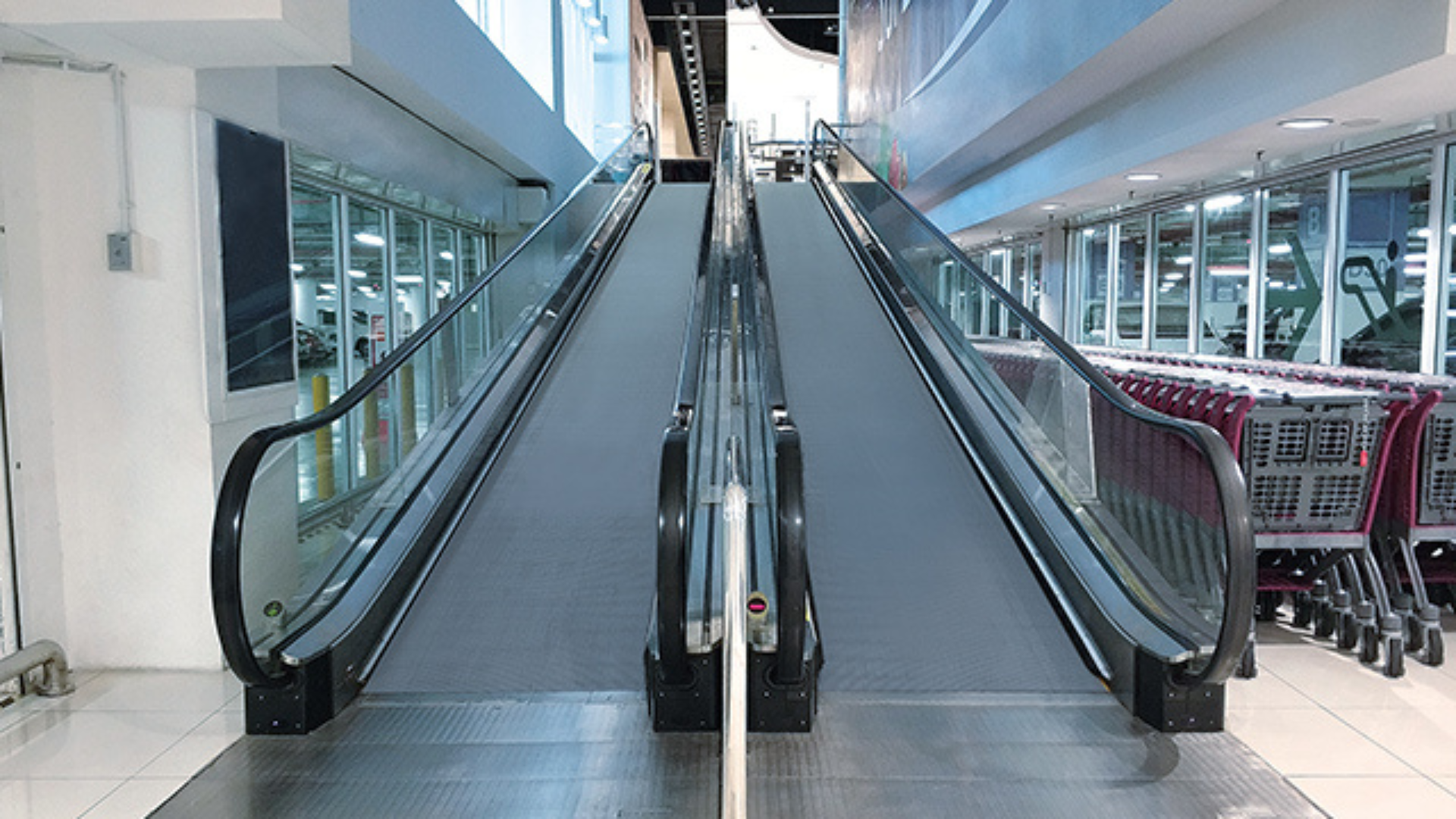What is a moving walk?
A moving walk, also known as a moving sidewalk or travelator, is a horizontal or inclined conveyor transport mechanism designed to transport pedestrians over short to moderate distances within buildings or public spaces. Consisting of a continuous rubber belt or series of linked metal plates, a moving walk moves passengers along a designated path at a constant speed. These transportation systems are commonly found in airports, train stations, shopping malls, and exhibition centers, where they provide a convenient and efficient means of traversing long distances without the need for walking. Moving walks enhance pedestrian mobility, reduce congestion, and improve accessibility for individuals with mobility challenges, making them integral components of modern urban infrastructure.
What are the typical uses of moving walks and escalators?
1. Transportation in transit hubs:
• Moving walks and escalators are commonly used in airports, train stations, and bus terminals to help passengers navigate through large terminals and transfer between different areas such as terminals, concourses, or platforms.
2. Facilitating pedestrian flow in shopping malls:
• Shopping malls often incorporate moving walks and escalators to enhance the shopping experience for customers by providing easy access to different levels of retail stores, food courts, and entertainment areas.
3. Accessibility in public buildings:
• Moving walks and escalators improve accessibility for people with mobility challenges by providing alternative means of vertical transportation in public buildings such as hospitals, libraries, and government offices.
4. Efficient movement in exhibition centers and convention halls
• Exhibition centers and convention halls utilize moving walks and escalators to facilitate the movement of attendees between exhibition halls, conference rooms, and other event spaces.
5. Enhancing pedestrian circulation in stadiums and arenas:
• Stadiums and arenas often incorporate moving walks and escalators to efficiently move large crowds of spectators between seating levels, entrances, and concession areas during sporting events and concerts.
6. Improving efficiency in office buildings:
• Office buildings utilize moving walks and escalators to provide quick and convenient access to different floors, helping employees and visitors navigate between offices, conference rooms, and other facilities.
7. Transportation in mixed-use developments:
• Mixed-use developments, such as residential complexes with integrated retail and commercial spaces, utilize moving walks and escalators to facilitate movement between residential units, shopping areas, and recreational facilities.
8. Improving circulation in tourist attractions:
• Tourist attractions such as museums, theme parks, and cultural centers utilize moving walks and escalators to enhance visitor experience by providing efficient transportation between exhibits, attractions, and amenities.
Overall, moving walks and escalators play a crucial role in enhancing pedestrian mobility, improving accessibility, and optimizing space utilization in various public spaces and buildings.

